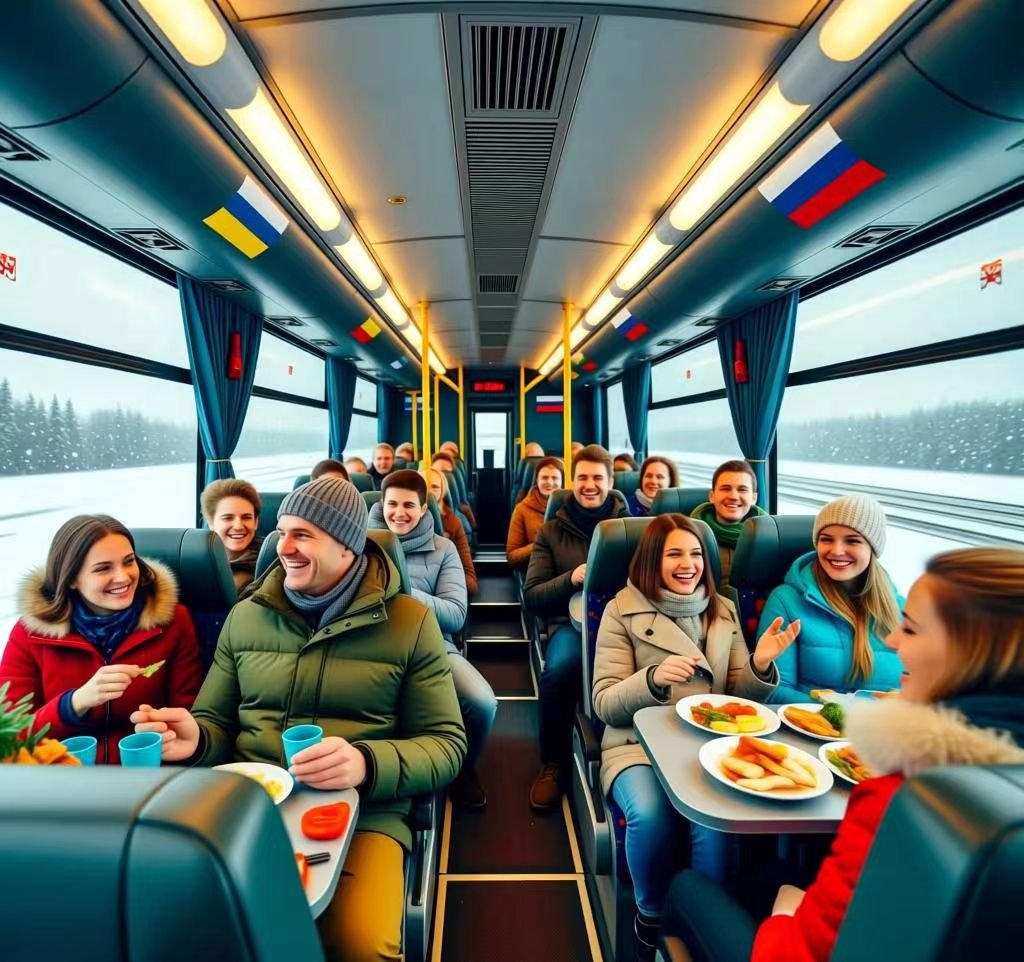As cities worldwide transition to electric bus fleets, a hidden challenge threatens to derail progress: traditional heating systems can consume up to 50% of battery capacity in cold weather, slashing range and increasing operational costs. Fortunately, a new generation of energy-efficient heating solutions is emerging—allowing transit agencies to maintain passenger comfort without compromising performance.
1. The Electric Bus Heating Dilemma
❌ The Problem: Range Anxiety on a Massive Scale
- Energy Drain: Conventional electric bus heaters draw 15-30kW—equivalent to powering 30-60 homes
- Range Reduction: Up to 40% decreased range in temperatures below 0°C (32°F)
- Passenger Discomfort: Inconsistent heating leads to cold spots and complaints
📊 By the Numbers
| Temperature | Range Loss | Heating Energy Use | Passenger Complaints |
|---|---|---|---|
| 20°C (68°F) | 0% | 0-2kW | 2% |
| 0°C (32°F) | 25% | 8-12kW | 15% |
| -10°C (14°F) | 40% | 15-25kW | 34% |
Source: National Transit Research Council 2024 Report
2. Next-Generation Heating Technologies
🔋 Efficient Solutions Making a Difference
Heat Pump Systems
- Performance: 300-400% efficiency (vs. 100% for resistive heating)
- Implementation: 65% of new electric buses in Scandinavia
- Limitation: Effectiveness decreases below -10°C (14°F)
Radiant Floor Heating
- Targeted Warmth: Heats passengers directly rather than entire cabin
- Energy Savings: 40-60% reduction in heating energy use
- Passenger Preference: 87% feel warmer compared to air heating
Carbon Fiber Seat Heaters
- Minimal Draw: Only 15-40W per seat
- Rapid Response: Reaches comfort temperature in <90 seconds
- Zoned Control: Only heat occupied seats
3. Real-World Implementations
🚌 Case Study: Oslo, Norway
- Fleet: 120 electric buses
- Solution: Heat pumps + radiant floor heating + heated seats
- Results:
- 51% reduction in heating energy consumption
- 23% longer range in winter
- 41% fewer passenger complaints
🚌 Case Study: Toronto, Canada
- Challenge: -20°C (-4°F) temperatures with high humidity
- Solution: Diesel-powered auxiliary heaters with battery heating
- Results:
- Maintained 85% of summer range
- Zero cold-weather breakdowns in two winters
4. The Economic Equation
💰 Cost-Benefit Analysis (Per Bus)
| System | Upfront Cost | Energy Savings/Year | Payback Period |
|---|---|---|---|
| Resistive Heating | $5,000 | $0 | 0 years |
| Heat Pump | $18,000 | $3,200 | 5.6 years |
| Radiant Floor | $12,000 | $2,100 | 5.7 years |
| Heated Seats | $8,000 | $1,400 | 5.7 years |
*Assumptions: 60,000 miles/year, $0.15/kWh electricity, 5-month heating season*
5. Passenger Experience Transformation
😊 Comfort Improvements
- Consistent Temperature: No more cold spots near doors
- Faster Warm-Up: Comfortable within 3-5 minutes of departure
- Individual Control: Heated seats allow personal temperature regulation
♿ Accessibility Advantages
- Priority Heating: Wheelchair areas receive additional warmth
- Health Benefits: Reduced joint stiffness for elderly passengers
- Safety: Moisture-wicking materials prevent slippery surfaces
6. Implementation Guide for Transit Agencies
📋 5-Step Adoption Process
- Route Analysis: Identify coldest routes with most stops
- Pilot Program: Test different systems on 2-3 buses
- Driver Training: Teach efficient heating management
- Public Education: Explain new comfort features
- Monitoring: Track energy use and passenger feedback
💡 Funding Opportunities
- Federal Grants: FTA Low-No Emission Program covers 80% of costs
- Utility Rebates: Energy efficiency incentives up to $15,000 per bus
- Carbon Credits: Additional revenue from reduced emissions
7. The Future of Electric Bus Comfort
🔮 Emerging Technologies
- Predictive Pre-Heating: Use forecast data to warm buses before departure
- Passenger Counting: Smart systems heat only occupied sections
- Solar Integration: Supplementary power from bus roof panels
- Body Heat Recovery: Capture and redistribute passenger body heat
🌎 Global Impact
- CO2 Reduction: Up to 8 tons per bus per year
- Noise Pollution: Near-silent heating systems
- Urban Air Quality: Zero local emissions

